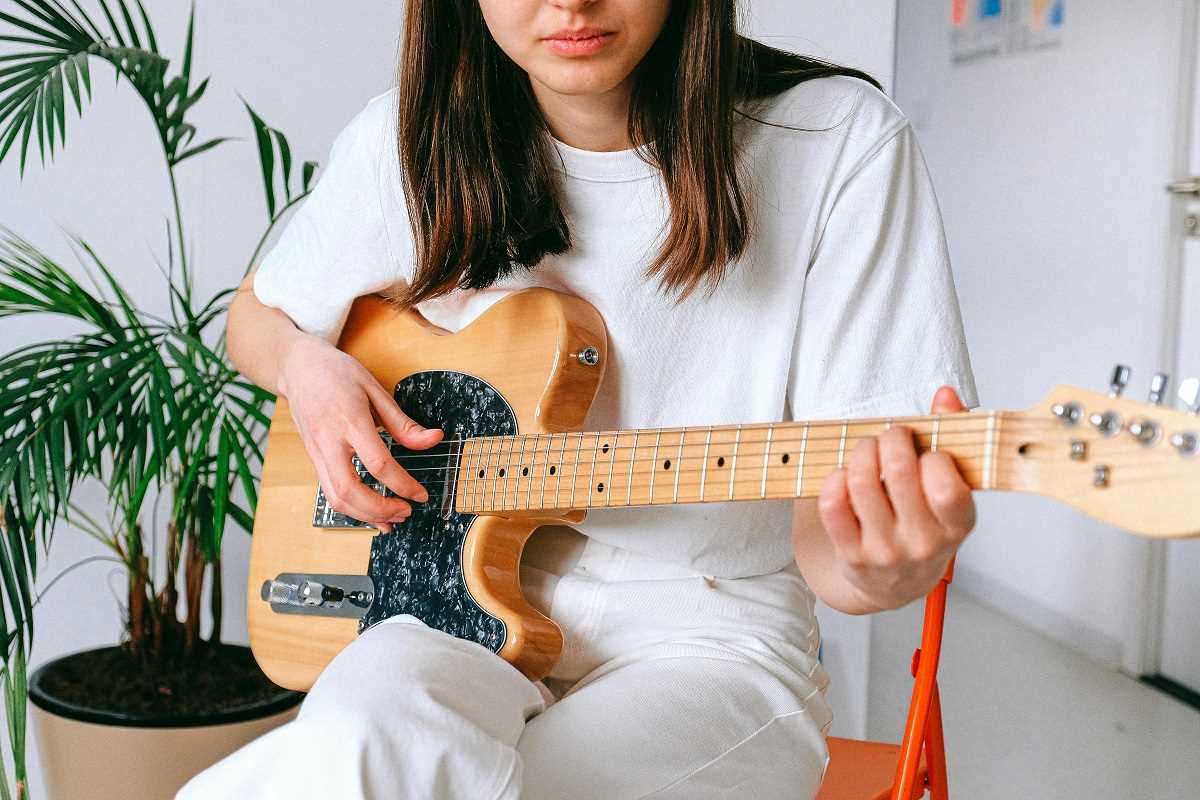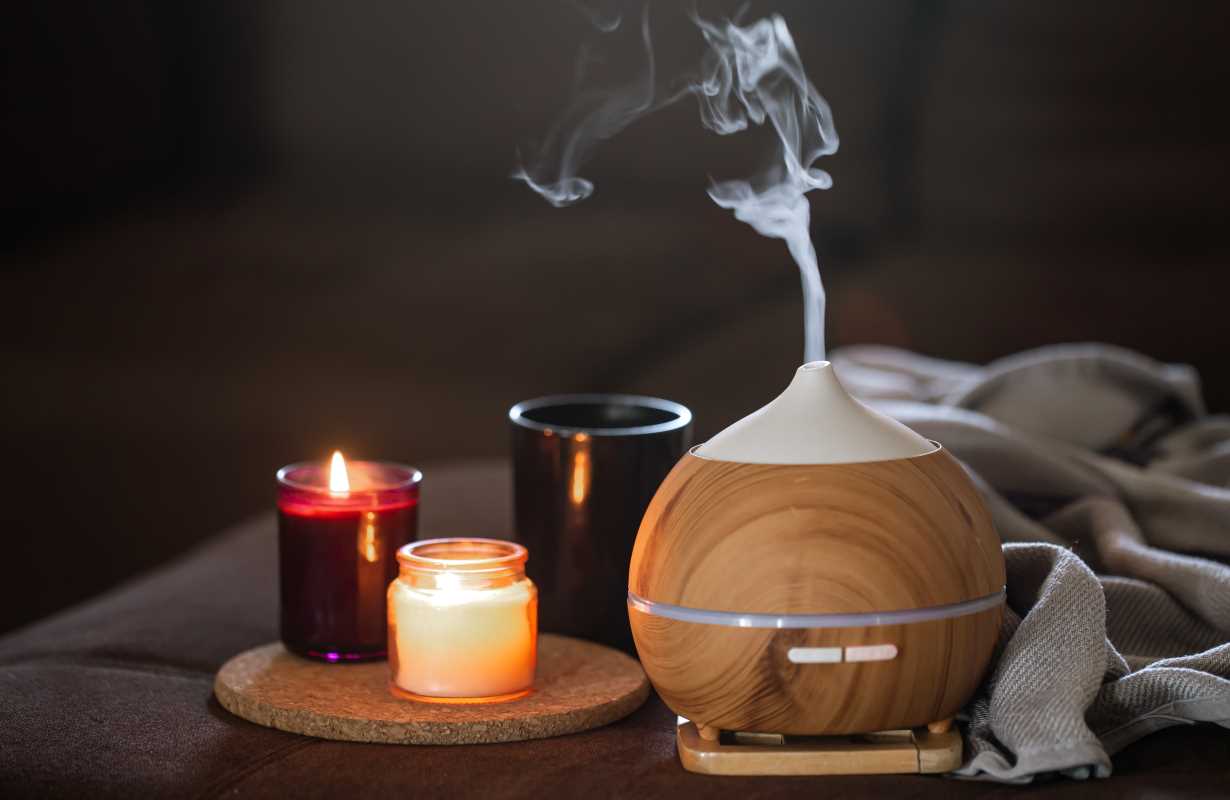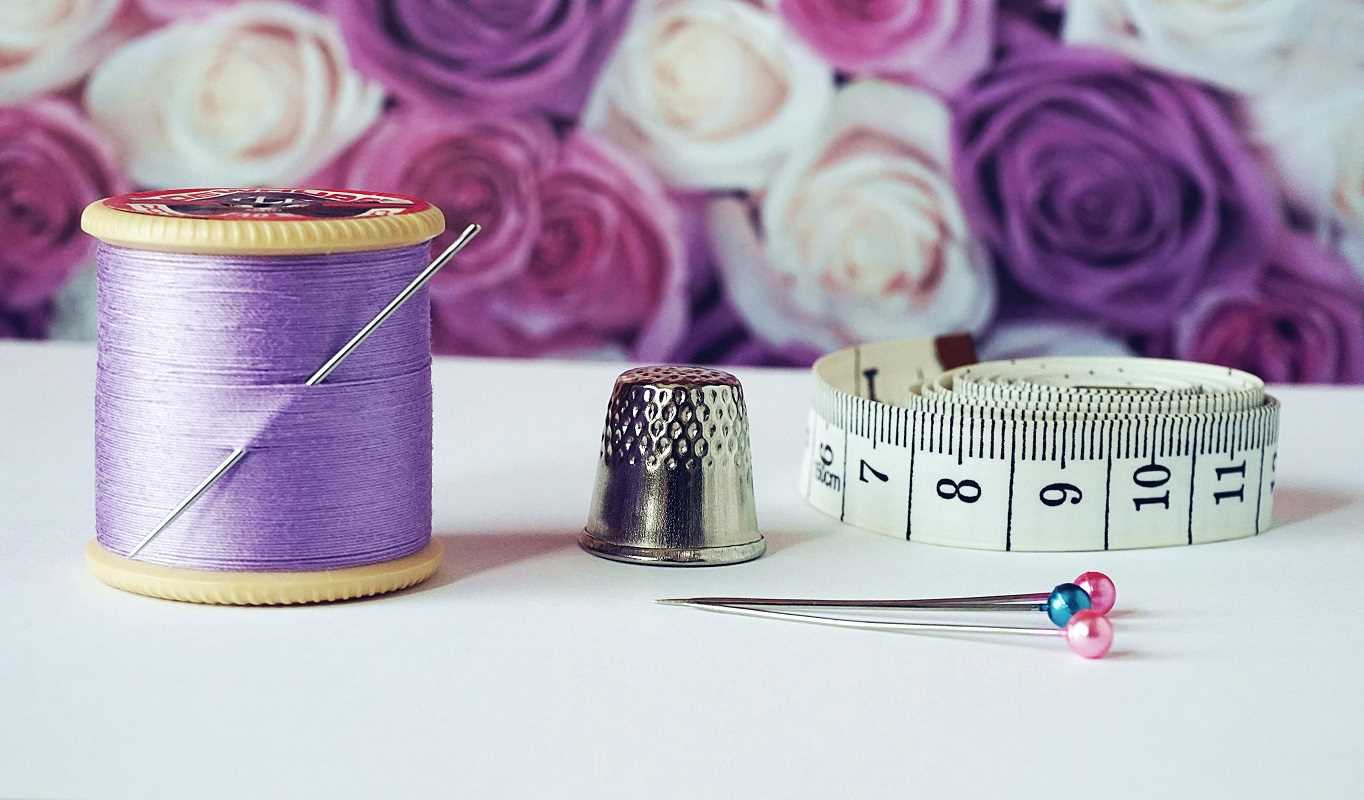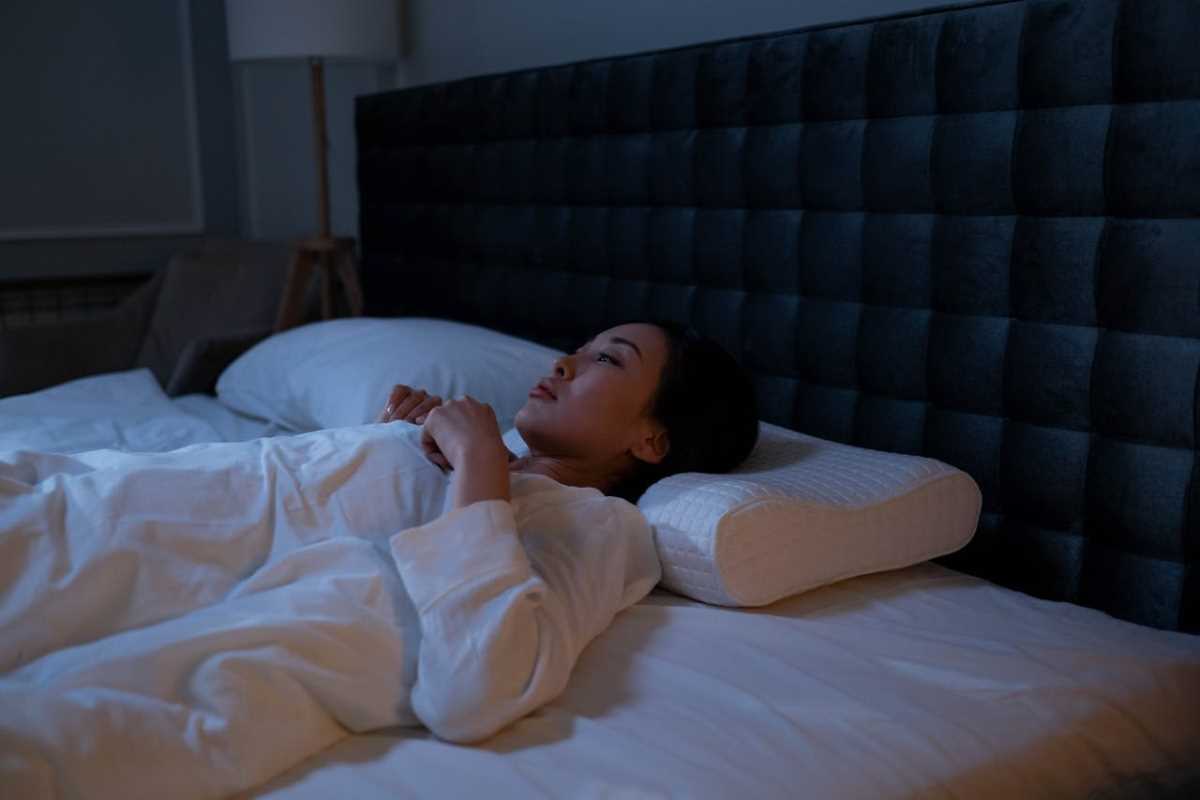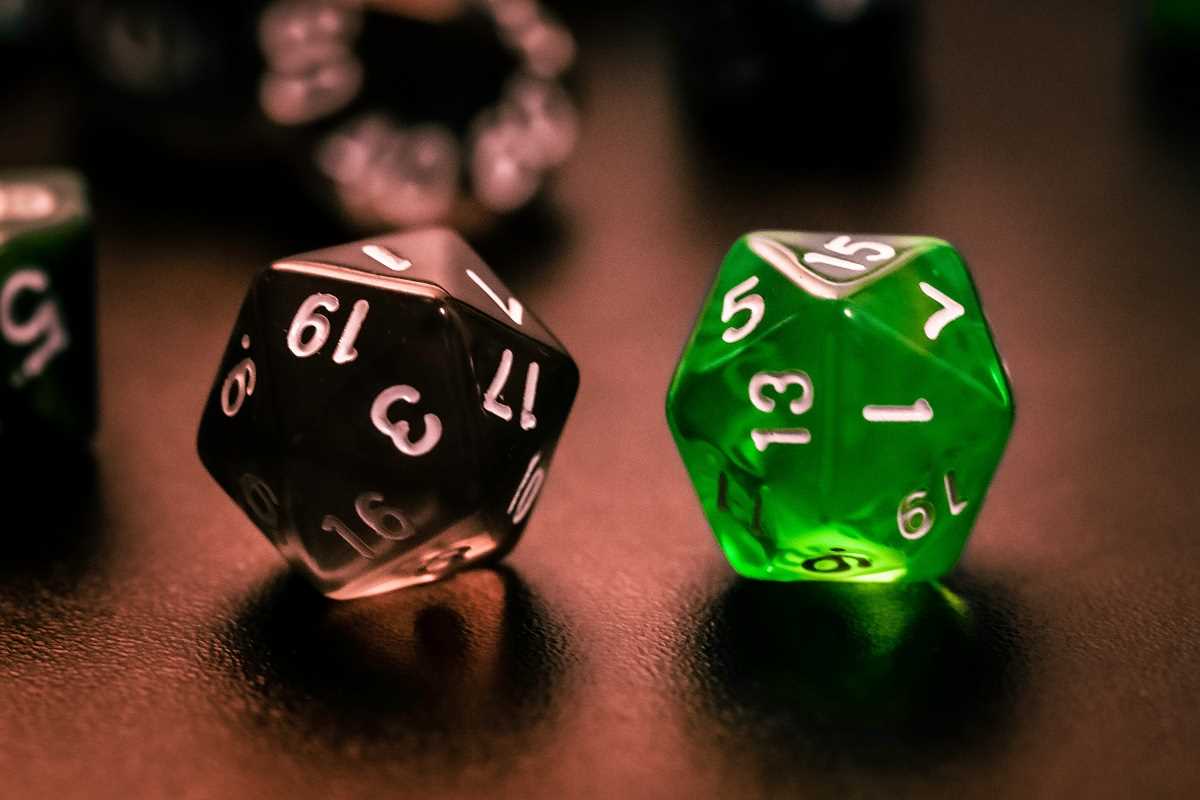Crafting your own fragrance from natural oils is not only creative and fulfilling but also allows you to avoid synthetic chemicals often found in commercial perfumes. By blending essential oils, you can create a signature scent that tells your story. The good news? You don’t need to be a chemistry whiz to do it. With the right tips and tools, you’ll be on your way to crafting your personalized perfume in no time.
This guide dives into the artistry and process of blending natural oils. From understanding fragrance notes to experimenting with popular combinations, you’ll learn how to create and perfect your unique scent.
Why Choose Natural Oils?
Before we jump into the how-to, it’s worth understanding why natural essential oils are a fantastic choice. Unlike synthetic fragrances, natural oils are extracted directly from plants, flowers, and resins, preserving their therapeutic properties and rich, authentic aroma. Here are some benefits of going the natural route:
- No Harsh Chemicals - Synthetic perfumes often contain parabens, phthalates, and other potentially harmful substances. Natural oils are a cleaner, safer option.
- Therapeutic Aromatherapy - Essential oils like lavender and eucalyptus promote relaxation, reduce stress, and uplift your mood. Your perfume can double as a wellness tool.
- Customizable and Unique - Crafting your own scent ensures no one else smells quite like you. It’s a deeply personal experience.
Fragrance Notes 101
A well-made perfume is like a symphony, composed of different notes that harmonize to create a balanced scent. These notes are divided into three categories:
1. Top Notes
The first impression of your perfume, top notes are light, fresh, and fleeting. They evaporate within 15–30 minutes. Examples include:
- Citrus oils (orange, lemon, bergamot)
- Herbal oils (basil, mint)
2. Middle Notes
Also called the heart of the perfume, these emerge as the top notes fade. Middle notes last 2–4 hours and add body to your blend. Examples include:
- Floral oils (lavender, ylang-ylang, geranium)
- Spicy oils (cinnamon, nutmeg)
3. Base Notes
The foundation of your perfume, base notes linger the longest, sometimes for hours or even days. They provide depth and richness. Examples include:
- Woody oils (cedarwood, sandalwood, patchouli)
- Sweet oils (vanilla, tonka bean)
Creating a balanced blend means choosing oils from each category, with the base notes typically being the strongest. A common ratio is 30% top notes, 50% middle notes, and 20% base notes, but feel free to adjust based on preference.
Materials You’ll Need
To get started on your perfume-making adventure, assemble these basic supplies:
- A set of essential oils (start with 5–6 to keep it simple)
- Carrier oil (e.g., jojoba oil, sweet almond oil) or alcohol (like vodka) as a base
- Glass roller bottles or spray bottles (preferably dark amber or cobalt to protect the oils)
- Glass droppers or pipettes
- Small funnel (for transferring liquids)
- Notebook (to record your recipes and adjustments)
Step-by-Step Guide to Creating Your Perfume
Step 1: Select Your Oils
Start by choosing one oil from each note category. For example:
- Top note: Bergamot
- Middle note: Lavender
- Base note: Vanilla
If you’re unsure, test the oils individually by placing one drop on a fragrance strip or piece of paper. Take a moment to inhale and assess the scent.
Step 2: Create Your Blend
Using the ratio mentioned earlier (30% top, 50% middle, 20% base), combine the oils drop by drop in a small mixing bottle. Start small, with a total of 20–25 drops, and adjust the proportions as you go. It might look like this:
- 6 drops bergamot
- 10 drops lavender
- 4 drops vanilla
Gently swirl the bottle to blend the oils, but don’t shake it just yet. Allow the blend to sit for a few minutes and revisit the scent. Adjust if needed, adding one drop at a time.
Step 3: Add a Base
Once you’re satisfied with your blend, add a base to dilute the oils. You can use:
- Carrier oil (e.g., jojoba or almond oil): Ideal for rollerball bottles and moisturizing fragrances.
- Alcohol (e.g., vodka): Used for spray perfumes and provides a cleaner, lighter application.
For a 10ml bottle, fill approximately 80% with your chosen base. Then, add your essential oil blend. If you’ve used 25 drops of essential oil, you’ll dilute it further with around 7ml of base.
Step 4: Mix and Rest
Cap the bottle tightly and gently shake it for a minute to mix. For best results, allow your perfume to mature for 2–4 weeks in a cool, dark place. This resting period lets the aromas meld and develop complexity.
Step 5: Test and Adjust
Once your perfume has matured, apply a small amount to your wrist or neck to test it. If certain notes feel too strong or weak, adjust the blend by adding a few more drops of individual oils and letting it rest again.
Popular Essential Oil Combinations
Not sure which oils work well together? Here are a few classic blends to inspire your creation:
- Floral Bliss
- Top note: Sweet orange
- Middle note: Lavender
- Base note: Vanilla
- Citrus Grove
- Top note: Lemon
- Middle note: Neroli
- Base note: Cedarwood
- Spicy Warmth
- Top note: Bergamot
- Middle note: Cinnamon
- Base note: Patchouli
- Herbal Calm
- Top note: Basil
- Middle note: Chamomile
- Base note: Sandalwood
Storing Your Perfume
To maintain the integrity of your handmade scent:
- Store in dark glass bottles to protect against sunlight.
- Keep in a cool, dry place away from heat.
- Ensure the cap is tightly sealed to prevent evaporation.
With proper storage, natural oil perfumes can last anywhere from 6 months to a year.
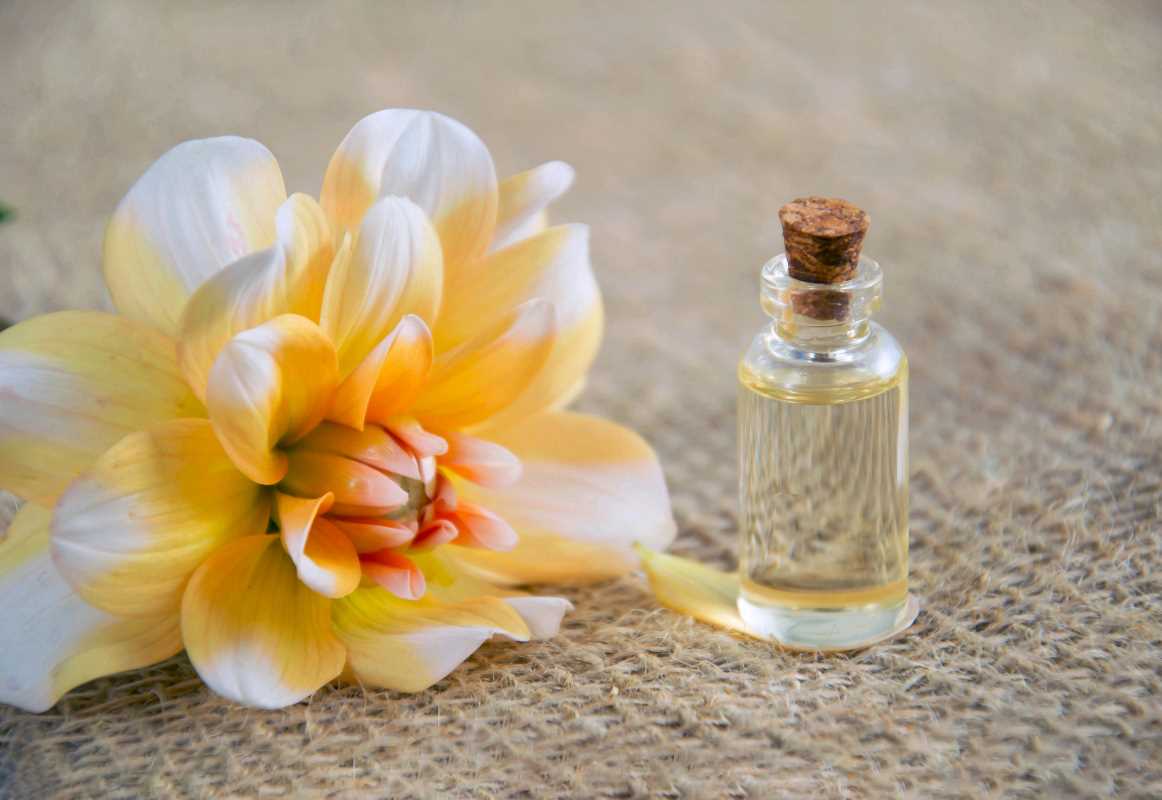 (Image via
(Image via